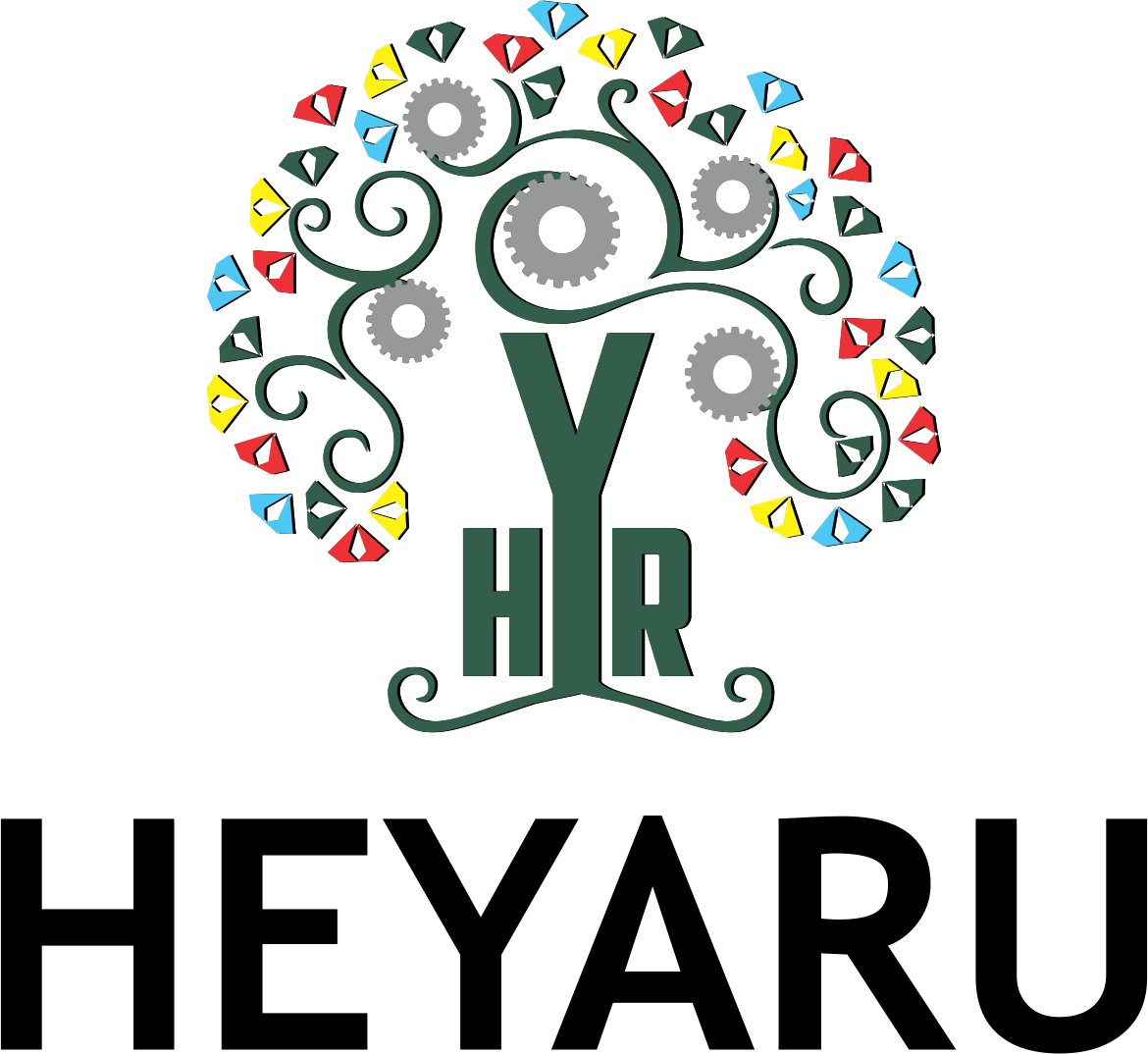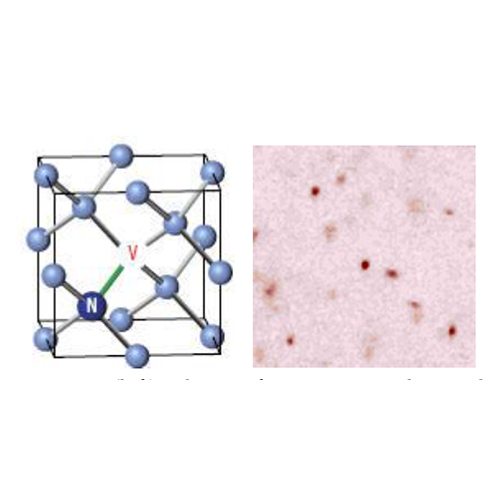Quantum
The drive for increasingly smaller, reliable, and energy efficient electronics has driven the recent push in quantum computing. The prized research objective is a solid-state system whose quantum information can be manipulated at room temperature. Diamond appears to be an ideal candidate in this regard when utilizing a specific impurity known as a nitrogen-vacancy (NV) color center. The NV- defect center is made up of a nitrogen-vacancy pair with an extra attached electron. Its electronic and nuclear spin state can be initialized and read-out optically with a room temperature coherence time of the order of a millisecond. By definition it is a defect-based system, and therefore can significantly perturb the “known” solid state properties of diamond. Furthermore, fabrication processes such as ion implantation may create a defect rich environment (extraneous defects), further perturbing the system. Such “extraneous” defects may alter both the states involved in the emission of single photons from a single qubit as well as the optical and phonon environment surrounding the qubit, which affects quantum information transfer.
(left) scheme of NV center in diamond crystal structure; (right) single N-V centers in diamond as bright spots (red) when pumped by a laser.


